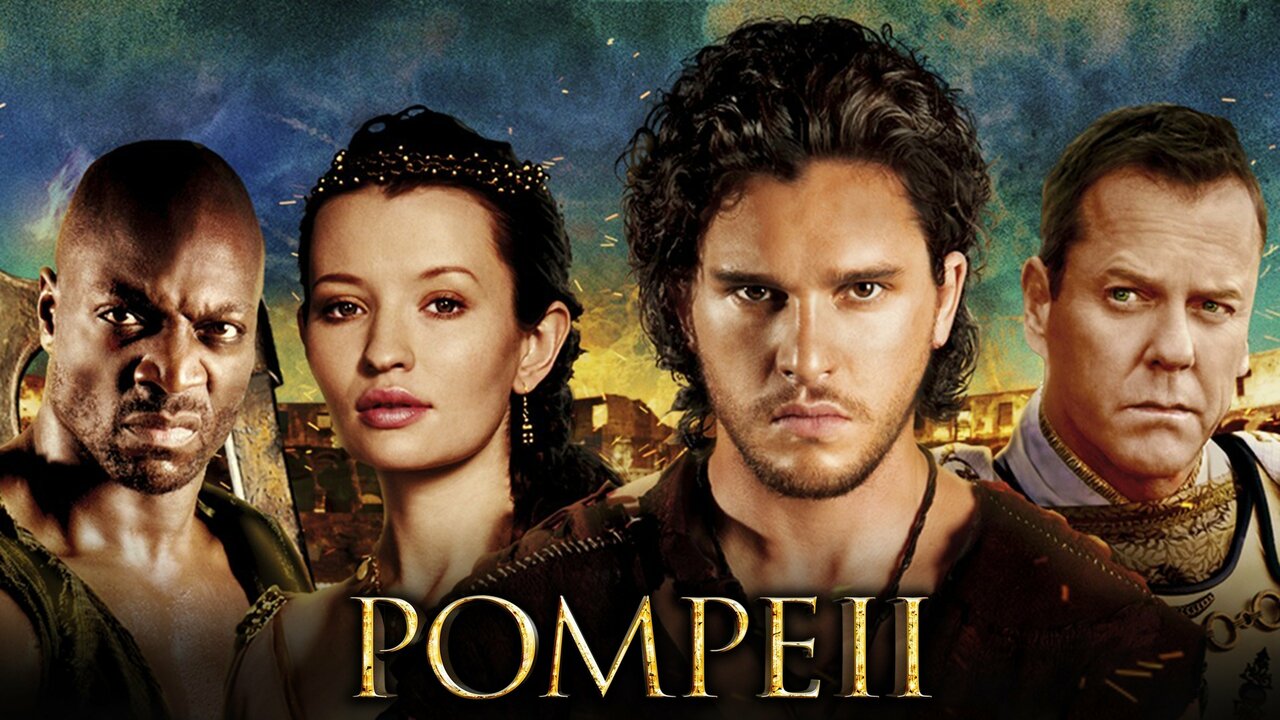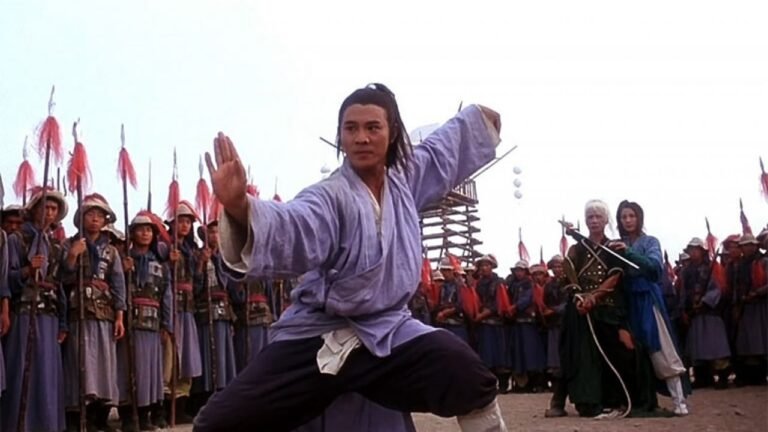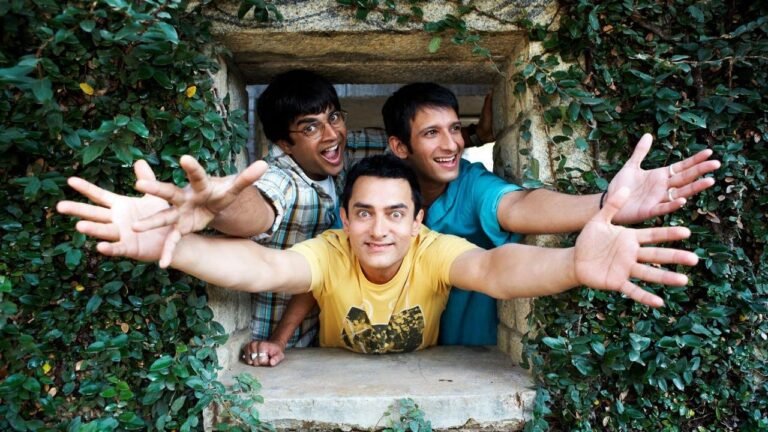
In 2014, “Pompeii” hit theaters with the promise of epic disaster spectacle, promising to recreate the terrifying eruption of Mount Vesuvius and the subsequent destruction of the ancient Roman city. While the film delivered on visuals, it failed to deliver on almost everything else. Instead of a captivating story of survival and heroism, “Pompeii” became a cautionary tale of missed opportunities and a lack of genuine engagement. Let’s dissect what went wrong with this Pompeii-sized blunder.
At its core, “Pompeii” attempted to tell a love story amidst the chaos. We have Milo, a slave turned gladiator, and Cassia, a wealthy Roman woman whose father, the city’s leader, is engaged in a power struggle with the wicked Senator Corvus. The plot follows a familiar, predictable formula: Milo fights for his freedom, falls for Cassia, and must save her from the impending volcanic eruption.

The problem lies in the execution. The characters are thinly written, lacking depth and complexity. Milo is a stock heroic figure, Cassia is a damsel in distress, and Corvus is a cartoonishly evil villain. There’s little emotional resonance or compelling dialogue to ground the action and create meaningful stakes. The love story feels forced and unconvincing, lacking the chemistry and emotional weight to truly engage the audience.
While the film boasted impressive visuals and special effects, the historical accuracy and cultural understanding of Pompeii were sorely lacking. The film presented a romanticized, superficial portrayal of Roman society, lacking the excitement that would have made the story more compelling.
For example, the gladiatorial fights, while visually impressive, were far removed from the brutal reality of ancient gladiatorial combat. The portrayal of Roman society focused on stereotypes, rather than presenting a more realistic and nuanced portrayal of the complex social dynamics of the time.

The visuals were undoubtedly impressive, particularly the depiction of Vesuvius’ eruption and the devastation of Pompeii. However, the reliance on CGI often felt overwhelming and distracting. The computer-generated effects often felt lifeless and artificial, lacking the gritty realism of practical effects that could have heightened the tension and danger.
The constant CGI onslaught further highlighted the film’s lack of depth and character development. The reliance on spectacle at the expense of story is a recurring issue in disaster films, but “Pompeii” lacked the emotional impact to truly make its visuals resonate with the audience.
“Pompeii” relied heavily on clichés and familiar tropes, failing to offer anything truly fresh or original. We’ve seen the slave-turned-hero narrative countless times. The damsel-in-distress trope feels out of place in a film that attempted to present a strong female lead. And the villainous, power-hungry senator is a tired cliché in historical dramas.
The film’s predictable plot twists and lack of surprise failed to keep audiences engaged. The pacing felt rushed, sacrificing character development and emotional depth for action and spectacle.

The eruption of Vesuvius and the destruction of Pompeii provided a perfect opportunity to explore themes of survival, resilience, and loss. But instead of delving into the emotional complexities of such a catastrophic event, “Pompeii” opted for a surface-level treatment, prioritizing action over emotional impact. The film missed a chance to explore the human cost of this historical tragedy and leave a lasting impression on the audience.
“Pompeii” failed to capitalize on the potential of its subject matter. Instead of crafting a compelling story of survival and heroism, it settled for a predictable, cliché-ridden adventure that prioritized spectacle over substance. The film lacked the emotional depth, historical accuracy, and character development to truly connect with audiences. It was a missed opportunity to explore the fascinating history of Pompeii and the human cost of this catastrophic event. While the film may have been visually impressive, it ultimately fell flat, leaving audiences feeling disappointed and unmoved.




